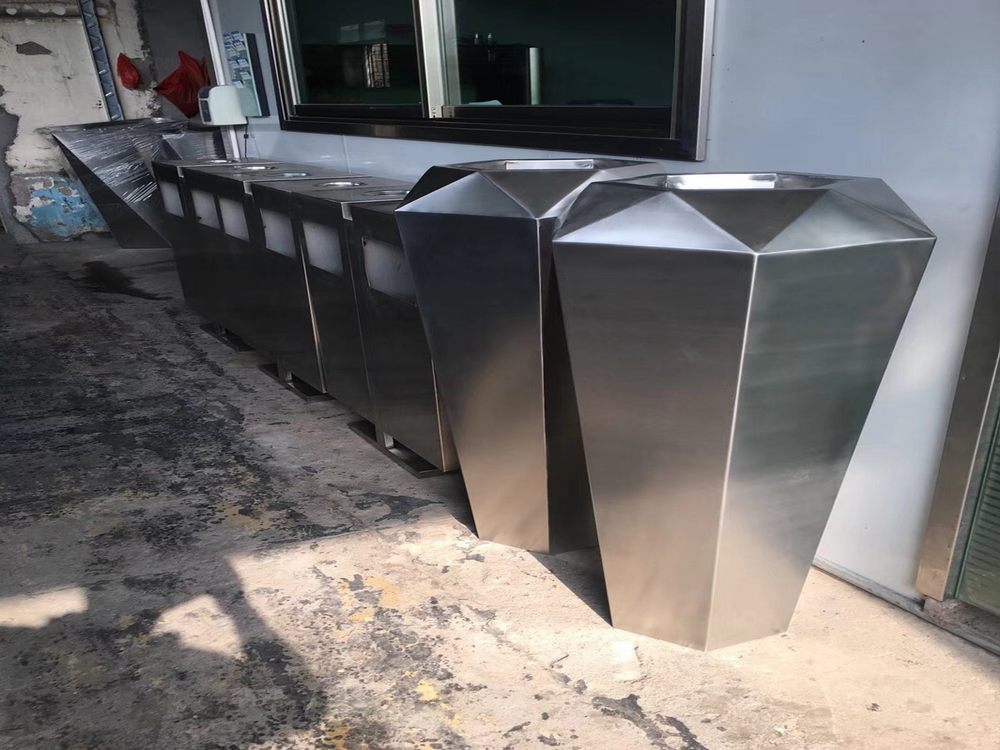
In the world of ceramic art, asymmetry has become a powerful tool for artists seeking to infuse their porcelain sculptures with energy and movement. Unlike traditional symmetrical designs that evoke stability, asymmetrical compositions create visual tension, guiding the viewer's eye across unexpected contours and unbalanced forms.
Contemporary ceramicists employ asymmetry through deliberate weight distribution, where one side of a sculpture may appear heavier or more densely detailed than the other. This technique mimics organic growth patterns found in nature, making static porcelain pieces feel alive. Some artists exaggerate this effect by elongating certain elements or creating precarious-looking leans that defy gravity.
Texture plays a crucial role in asymmetrical designs. A smooth, polished surface on one side might contrast dramatically with rough, cracked textures on another, creating visual interest and tactile appeal. Glazing techniques further enhance this dynamic, with color gradients or abrupt transitions emphasizing the intentional imbalance.
The psychological impact of asymmetry cannot be overstated. It challenges viewers' expectations, creating sculptures that appear to be caught mid-movement or frozen in transformation. This approach has revolutionized porcelain art, transforming what was once considered a rigid medium into one capable of expressing fluidity and spontaneity.
Master ceramicists balance this asymmetry with subtle visual weights - a small but intensely colored area might counterbalance a larger neutral section, proving that true artistic balance often exists beyond perfect symmetry. Through these innovative techniques, porcelain sculptures transcend their material limitations to become captivating studies in controlled imbalance.

